The Soviets Tried to Starve Berlin Into Submission, But Were Humiliated By the Unprecedented Airlift
Berlin, 1948; a city torn in two – and the Soviet Union wanted it all. The plan? Choke West Berlin by blocking all supply routes, leaving the western part of the city to either surrender or starve. However, the Western Allies weren’t about to let that happen, and they planned a magnificent airlift to help the people of Berlin.
Western Allies launch the Berlin Airlift
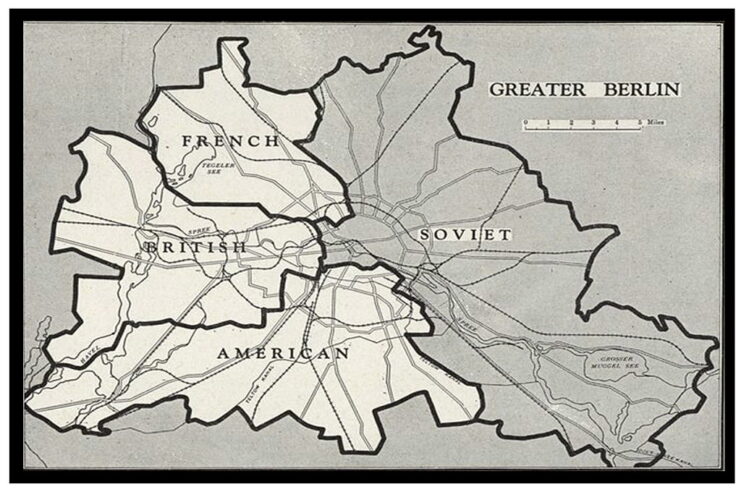
The Allies – notably the United States and the United Kingdom – and their daring resolve to defy the odds looked at what became known as the Berlin Blockade and thought, “Heck, no, Joseph!” They believed in the seemingly impossible – that the city could be sustained by air alone, defying the Soviets’ merciless strategy.
The Allies launched the Berlin Airlift, a masterstroke of logistical genius. Imagine: fleets of aircraft, from Douglas C-47 Skytrains to much larger C-54 Skymasters, soaring through the skies, forming a lifeline between West Berlin and the free world, delivering everything from food to coal to… Well, candy!
Aircraft took off and landed every minute as pilots, ground crews and logisticians worked around the clock to ensure a steady flow of supplies and create a beacon of hope for the beleaguered Berliners. At the height of the operation, the Allies were so efficient that they landed a cargo aircraft in West Berlin every 45 seconds; approximately 278,000 flights were conducted by the Western Allies during the Berlin Airlift.
Soviet reaction to the Berlin Airlift
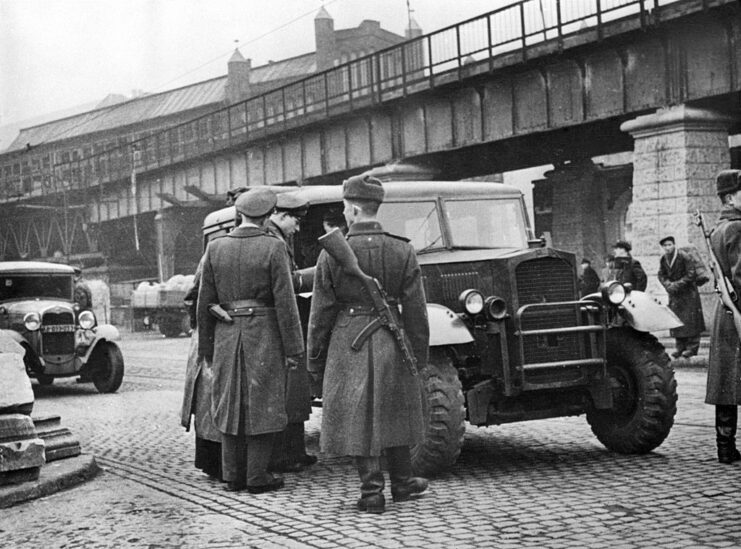
Soviet leader Joseph Stalin watched as the Allies turned what should have been a quick victory through starvation into a slugfest of endurance. The Berlin Airlift wasn’t merely a demonstration of logistical capability – it was a monumental testament to human resolve and the unwillingness to bow to tyranny.
Throughout the operation, the Soviets employed a number of tactics in an attempt to harass and intimidate Allied pilots. There were reports of their aviators engaging in “buzzing” (flying very close to) Allied aircraft, as well as parachute jumps within the corridors and the use of searchlights at night to impair the pilots’ vision.
Starting in August 1948, the Soviets offered free food to West Berliners to try and entice them into registering their ration cards in East Berlin. However, the majority rejected this offer, showing their resilience and opposition to the regime, despite the hardships they were facing.
Not just bread and coal were delivered to West Berlin
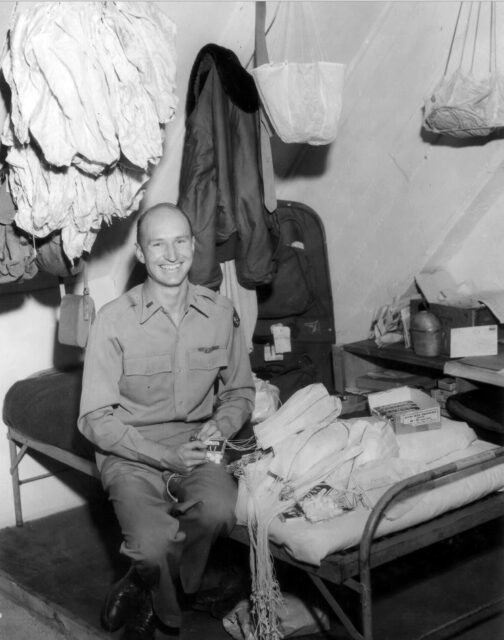
Pilots like Gail Halvorsen with the US Air Force, nicknamed the “Candy Bomber” and “Rosinenbomber” (Raisin Bomber), not only dropped necessities, but also parachuted candy to the children of Berlin – a sweet gesture that was more than sugar. The mission was known as Operation “Little Vittles” and resulted in more than 23 tons of candy being dropped over West Berlin.
For nearly a year, Allied aircraft buzzed over the Soviet blockade, keeping West Berlin alive one supply run at a time. It was a feat so remarkable that it seemed to scoff in the face of logic and pragmatism, demonstrating that a city could be sustained by air alone. The Soviets, initially so confident, ultimately halted their efforts upon realizing they were unable to combat the unyielding spirit of the Allies and West Berliners who refused to buckle under the pressure.
Millions of goods were delivered to West Berlin
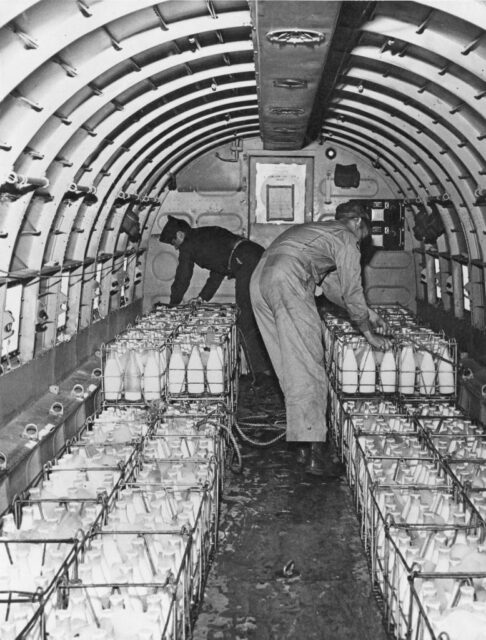
Unfortunately, the Berlin Airlift wasn’t without its casualties. A total of 101 people, among 40 Britons and 31 Americans, lost their lives in airlift-related accidents.
The operation lasted 462 days, from June 26, 1948 to September 30, 1949. Over its course, around 2.3 million tons of goods were delivered to West Berlin. It cost approximately $224 million, with the biggest single-day delivery occurring on Easter Sunday in 1949, when around 13,000 tons of coal were delivered.
The Allies’ efforts, through ingenuity and sheer determination, turned the Berlin Blockade into a humiliating defeat.
Aftermath of the Berlin Airlift
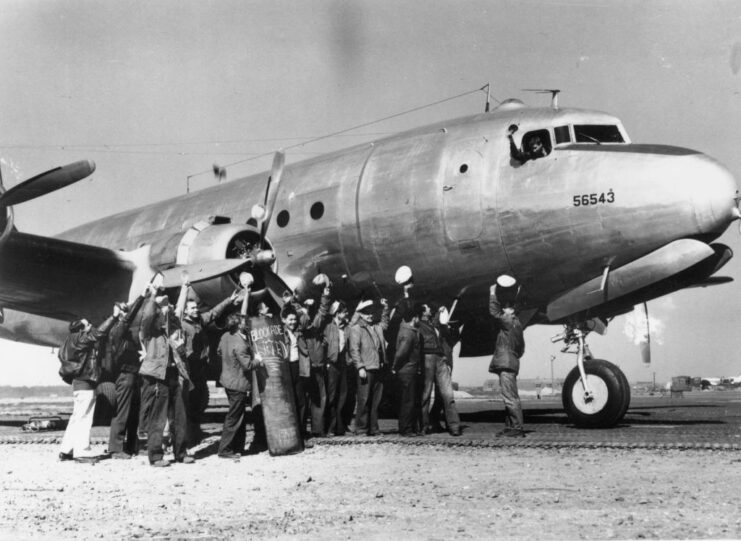
The Berlin Airlift is often viewed as a diplomatic and humanitarian triumph for the Western Allies and as a setback for the Soviet Union in the early stages of the Cold War. The West responded not with military force, but with a massive humanitarian effort to supply the city from the air.
More from us: The Most Damaging Spy In US History Was An Unassuming Accountant – Elusive for 22 Years!
In a way, the successful execution and the moral high ground achieved by the Allies through the operation could be perceived as a humiliation for the Soviets on the international stage. It showed their determination and capability to resist intense pressure and underscored their commitment to the citizens of West Berlin.
The post The Soviets Tried to Starve Berlin Into Submission, But Were Humiliated By the Unprecedented Airlift appeared first on warhistoryonline.
Post a Comment
0 Comments